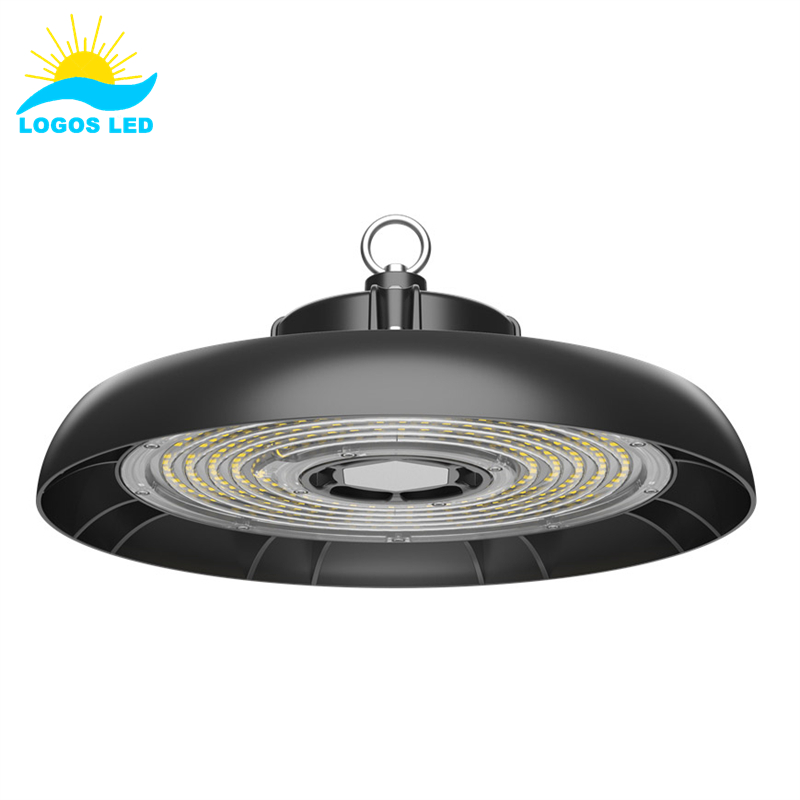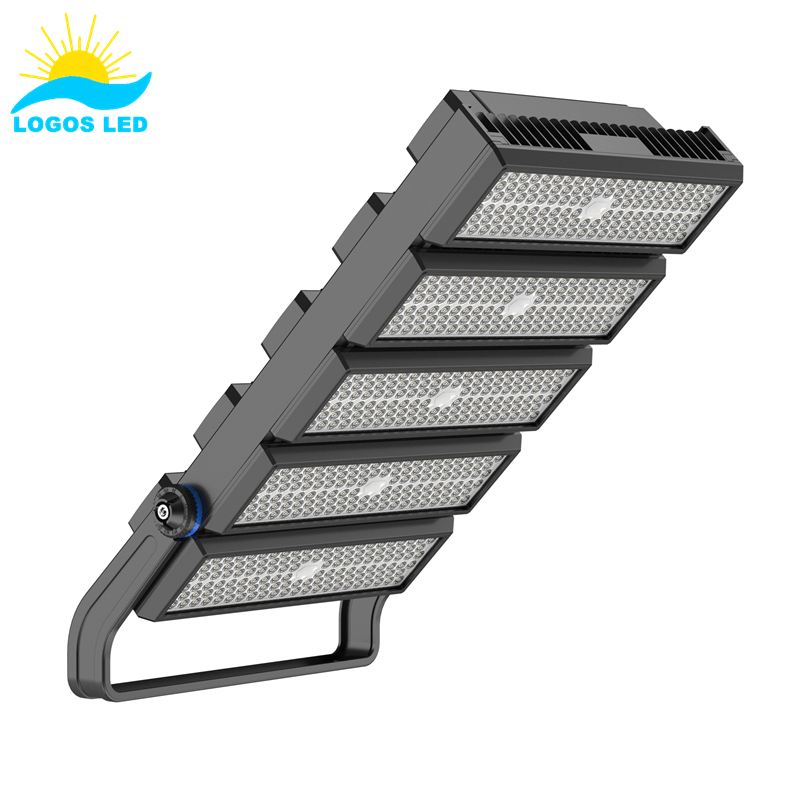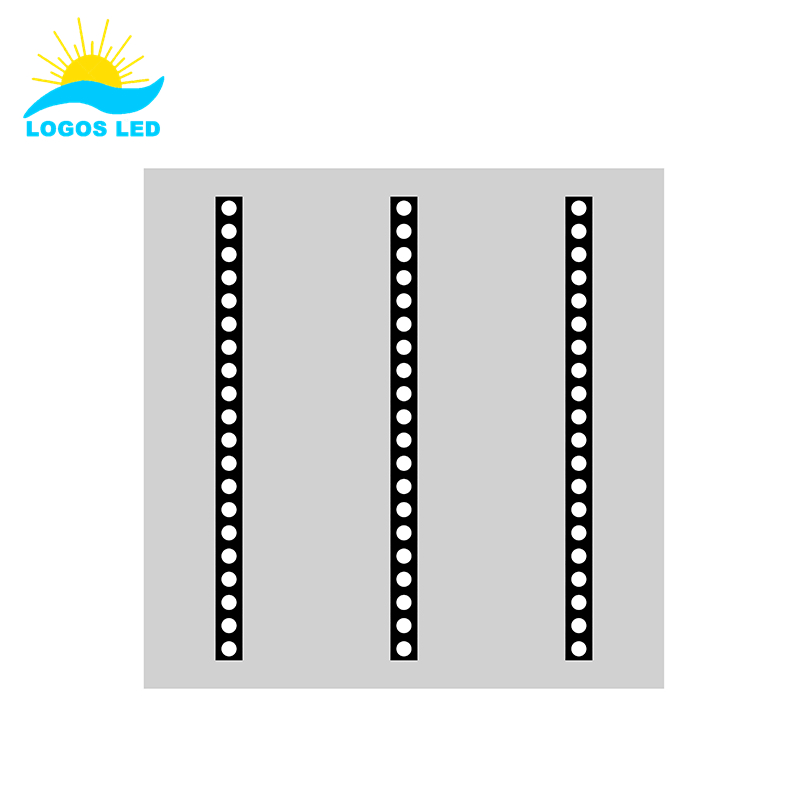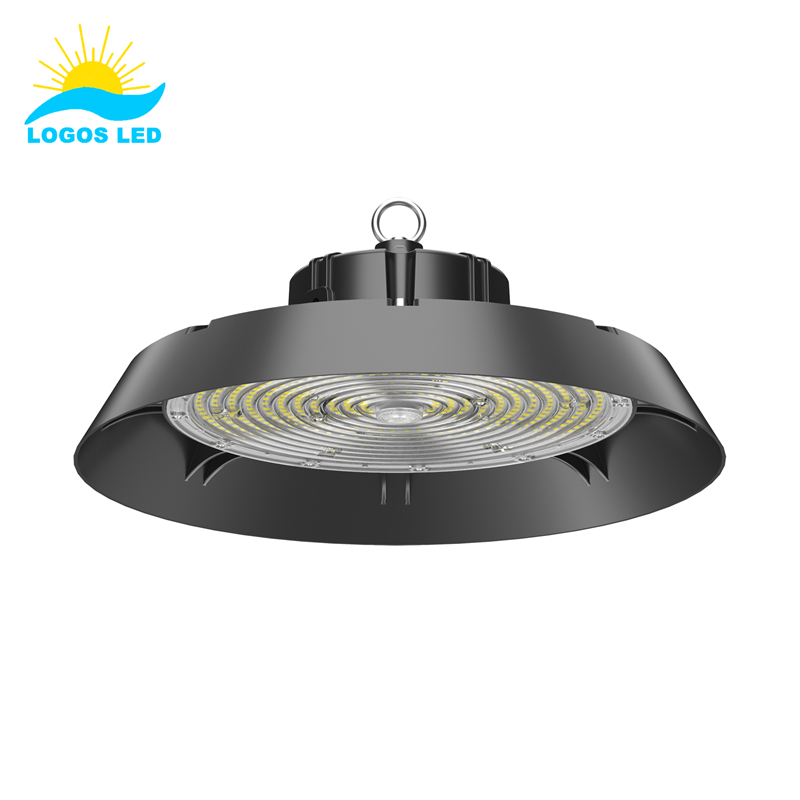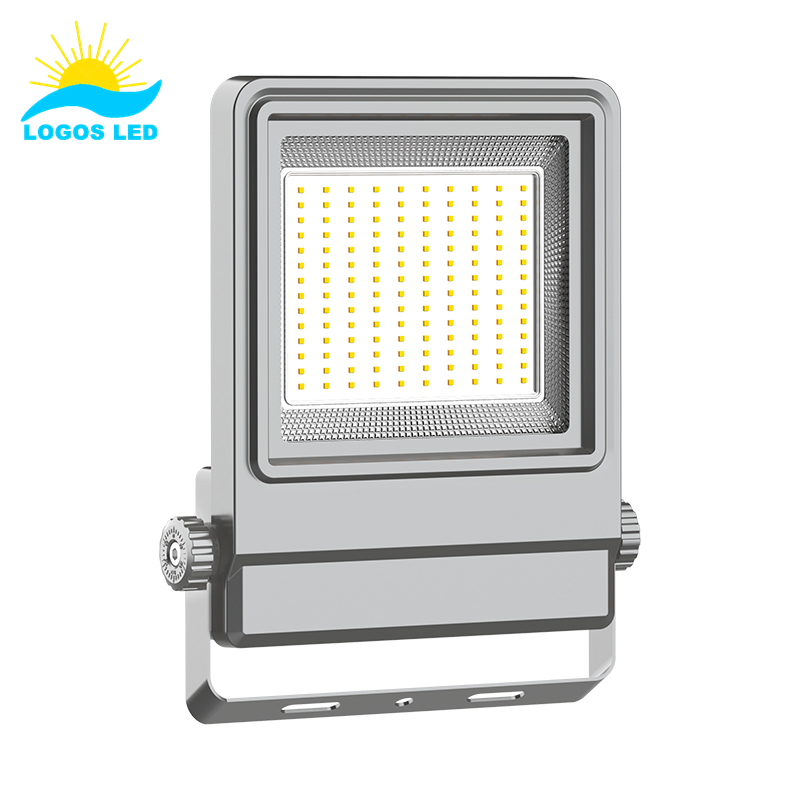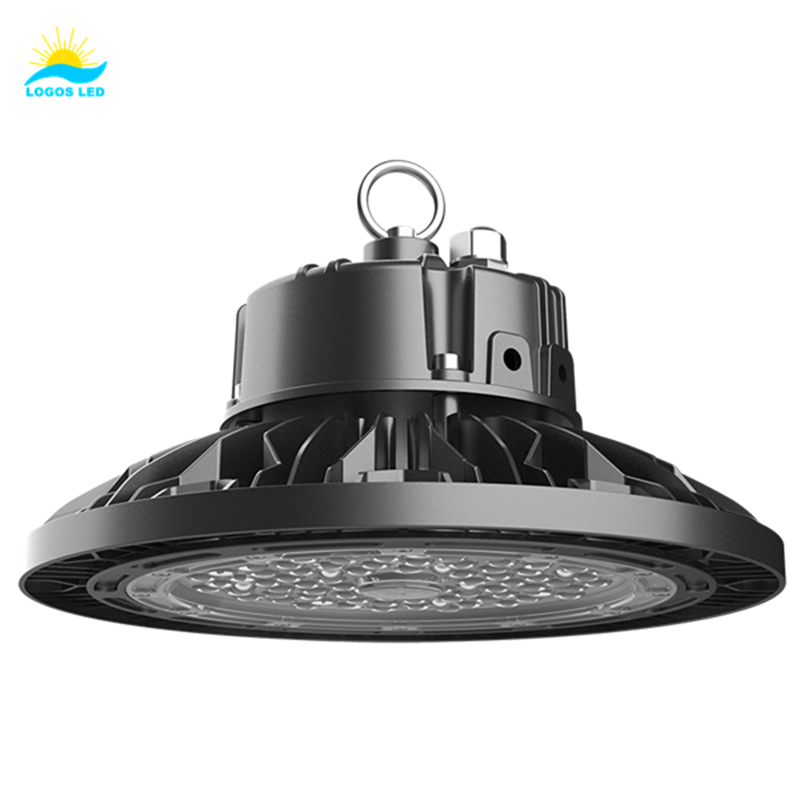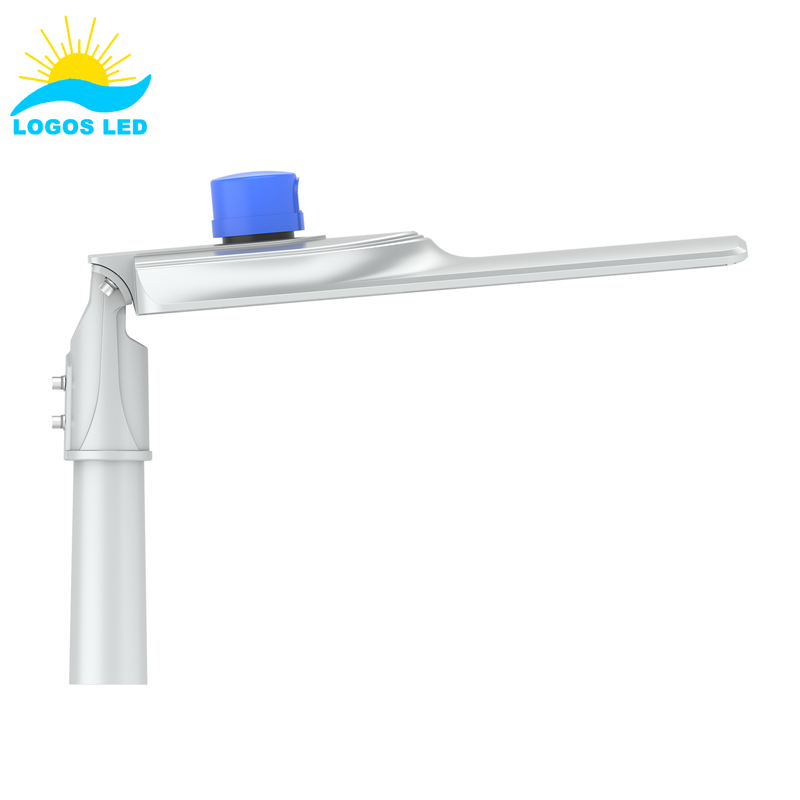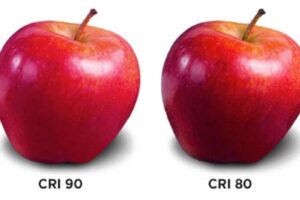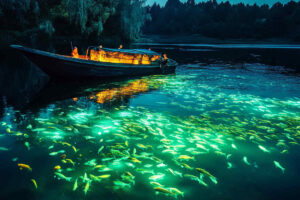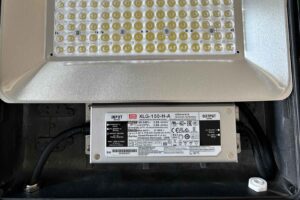Struggling with poor visibility and safety on the field? Football field lighting isn’t just about brightness—it’s about performance, safety, and an unforgettable viewing experience. Without the right lighting, players struggle, referees make mistakes, and fans miss the action. The solution? High-quality LED lighting designed specifically for football fields. Let’s break down what makes it so important.
Football field lighting must ensure uniform, high-quality illumination for both players and spectators. The goal is to provide enough brightness for clear visibility while minimizing shadows and glare. A well-lit field reduces hazards, enhances gameplay, and improves the fan experience. To achieve this, floodlights must be positioned and angled strategically to eliminate uneven lighting.
If you’re considering an upgrade or installing a new lighting system, understanding the key requirements is crucial. Let’s dive into the essentials.
Table of Contents
Illuminance Levels for Football Fields
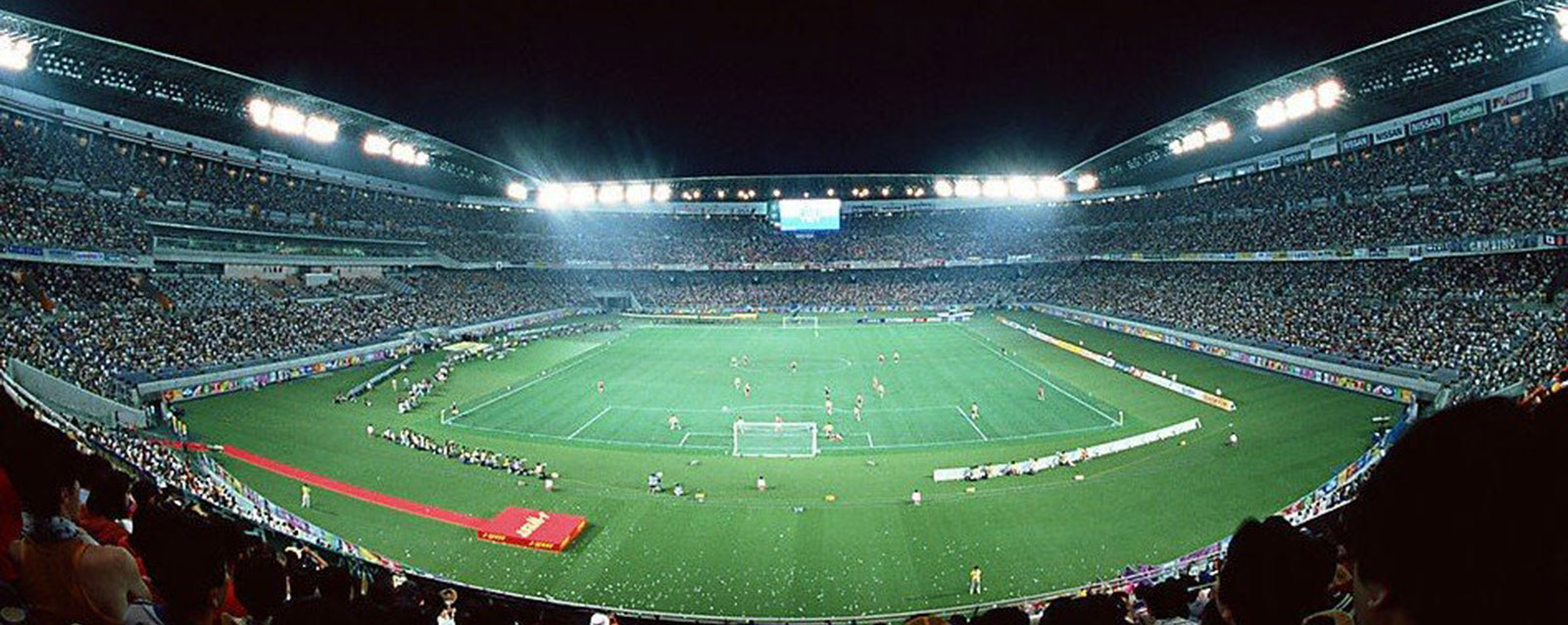
One of the most critical factors in football field lighting is illuminance—how much light reaches the playing surface. Measured in lux (lx), the required brightness depends on the level of play. From casual games to international tournaments, each match type has its own standards.
Here’s what you need to know:
1. Recreational or Amateur Matches
- Illuminance: 200-300 lux
- Ideal for casual games, training sessions, and amateur leagues.
- Ensures players can see the ball and field markings clearly, though it’s not optimized for professional play or broadcasting.
2. Semi-Professional or Competitive Matches
- Illuminance: 300-500 lux
- Required for club-level or regional league matches.
- Enhances player performance and improves visibility for spectators.
3. Professional Matches
- Illuminance: 500-700 lux
- Used for professional games that are not televised.
- Ensures excellent visibility for players, referees, and in-stadium fans.
4. Televised or High-Definition Broadcast Matches
- Illuminance: 1000-1500 lux
- Designed for live broadcasts and HD camera recordings.
- Provides clear, sharp visuals with minimal shadows or overexposed areas.
5. International or Major Events (e.g., World Cup, Champions League)
- Illuminance: 2000-2500 lux (sometimes higher)
- Required for major televised competitions with large audiences.
- Guarantees crisp, high-definition visuals for both players and viewers worldwide.
Why Illuminance Levels Matter
- Player Safety: Proper lighting prevents misjudgments that can lead to injuries.
- Game Clarity: Players need to track the ball and teammates accurately.
- Broadcast Quality: High-level lighting ensures sharp, detailed visuals for TV audiences.
- Fan Experience: Well-lit fields improve visibility for spectators, whether in the stadium or at home.
In short, football field lighting should be tailored to match the level of competition. From 200 lux for amateur play to 2500 lux for major tournaments, the right illuminance ensures safety, performance, and an exceptional viewing experience.
Uniformity of Lighting for Football Fields
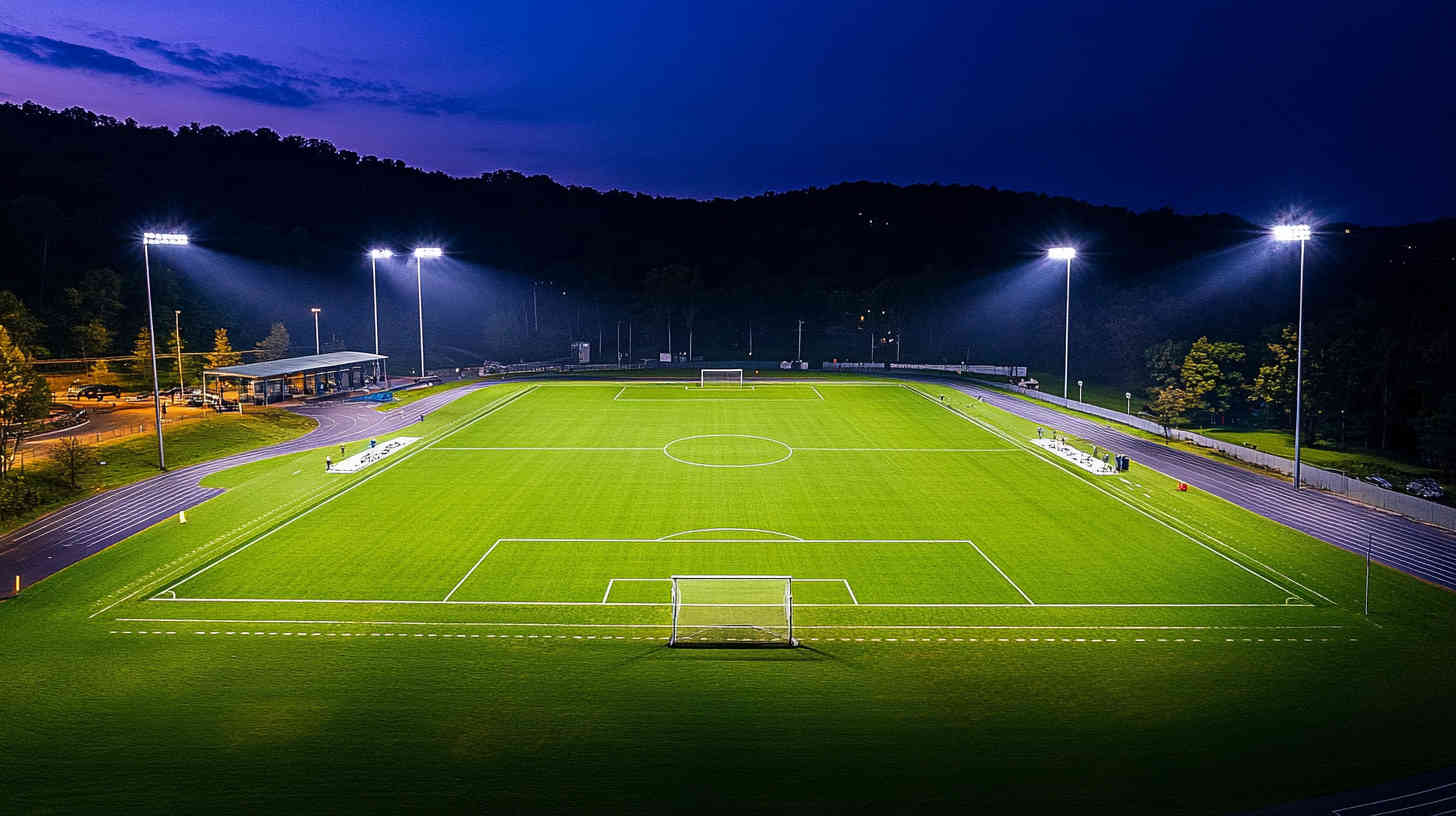
Even the brightest lights won’t help if the field is unevenly lit. That’s where uniformity comes in. It ensures consistent brightness across the playing area, reducing dark patches and glare.
What is Lighting Uniformity?
Lighting uniformity refers to how evenly light is distributed on the field. A well-lit pitch ensures players don’t struggle with sudden changes in brightness, making it easier to follow the ball and maintain control.
The uniformity ratio is a key metric, calculated as:
Uniformity Ratio = Minimum Illuminance / Average Illuminance
A higher uniformity ratio means a more balanced lighting setup with fewer dark spots.
Standard Uniformity Ratios
Here’s how uniformity requirements vary by match level:
- Recreational or Amateur Matches
- Uniformity ratio: 0.7
- Some minor brightness variations are acceptable but should be minimized.
-
Semi-Professional or Competitive Matches
- Uniformity ratio: 0.75 to 0.8
-
Ensures a smoother lighting experience, reducing shadows and uneven brightness.
-
Professional Matches
- Uniformity ratio: 0.8 to 0.85
-
Maintains near-perfect lighting consistency for optimal gameplay.
-
Televised or High-Definition Broadcast Matches
- Uniformity ratio: 0.85 to 0.9
- Required for televised games to ensure consistent lighting quality on camera.
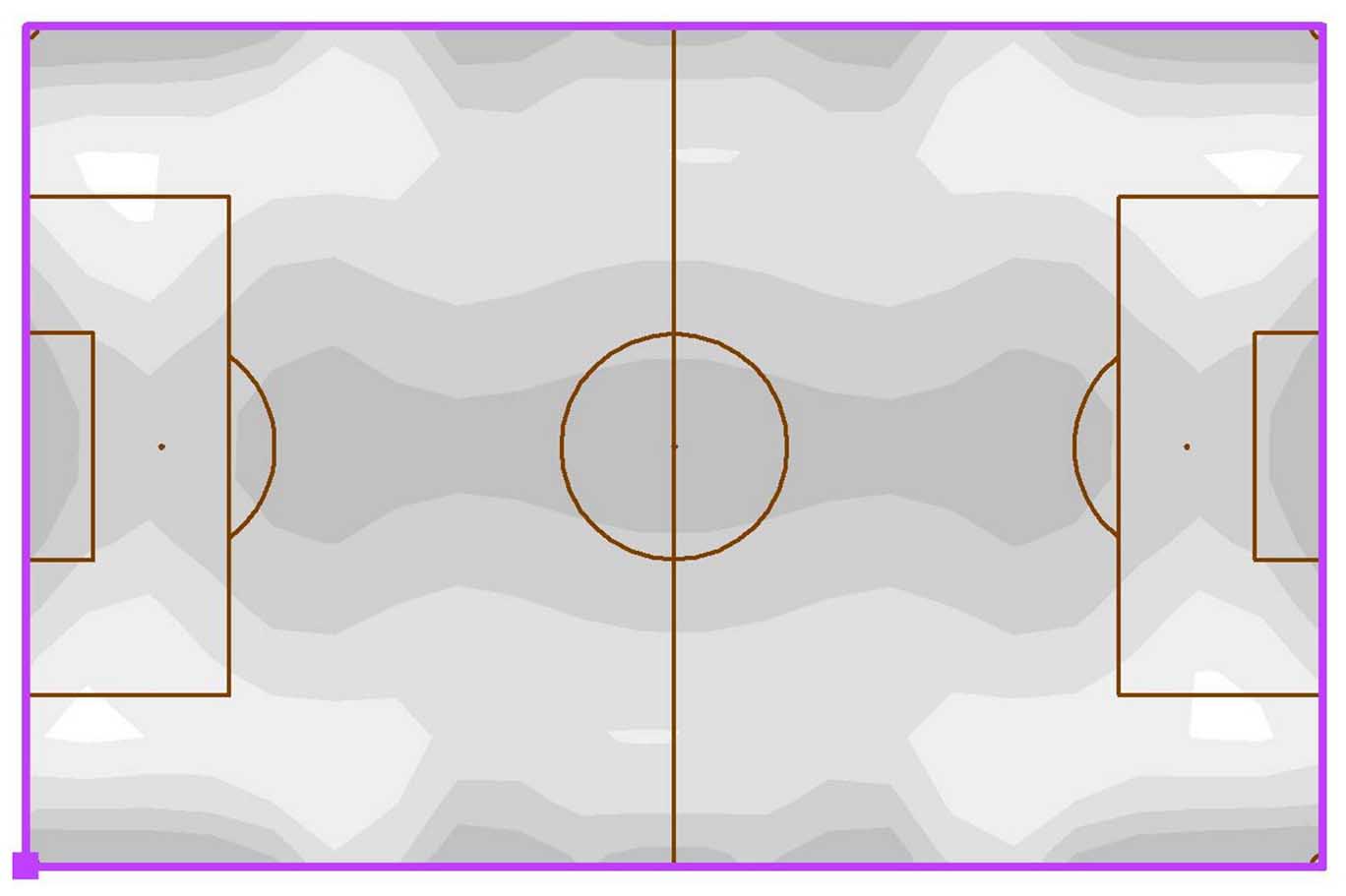
Light Uniformity
Why Uniformity Matters
- Player Performance: Uneven lighting can cause distractions, affecting reaction time and precision.
- Glare and Shadows: Poor uniformity leads to disruptive glare and dark patches, making gameplay harder.
- Broadcast Quality: Inconsistent lighting creates poor camera visuals, with overexposed or shadowy areas.
- Fan Experience: A uniformly lit field enhances in-person and TV viewing.
To achieve the right uniformity ratio, precise lighting design is essential. The placement of poles, beam angles, and LED technology all play a role. Modern LED floodlights offer superior control, ensuring even brightness across the field.
Football field lighting isn’t just about making things bright—it’s about balance, visibility, and performance. Whether for a local match or an international championship, the right lighting setup ensures safety, clarity, and a world-class experience for everyone involved.
Color Temperature for Football Fields
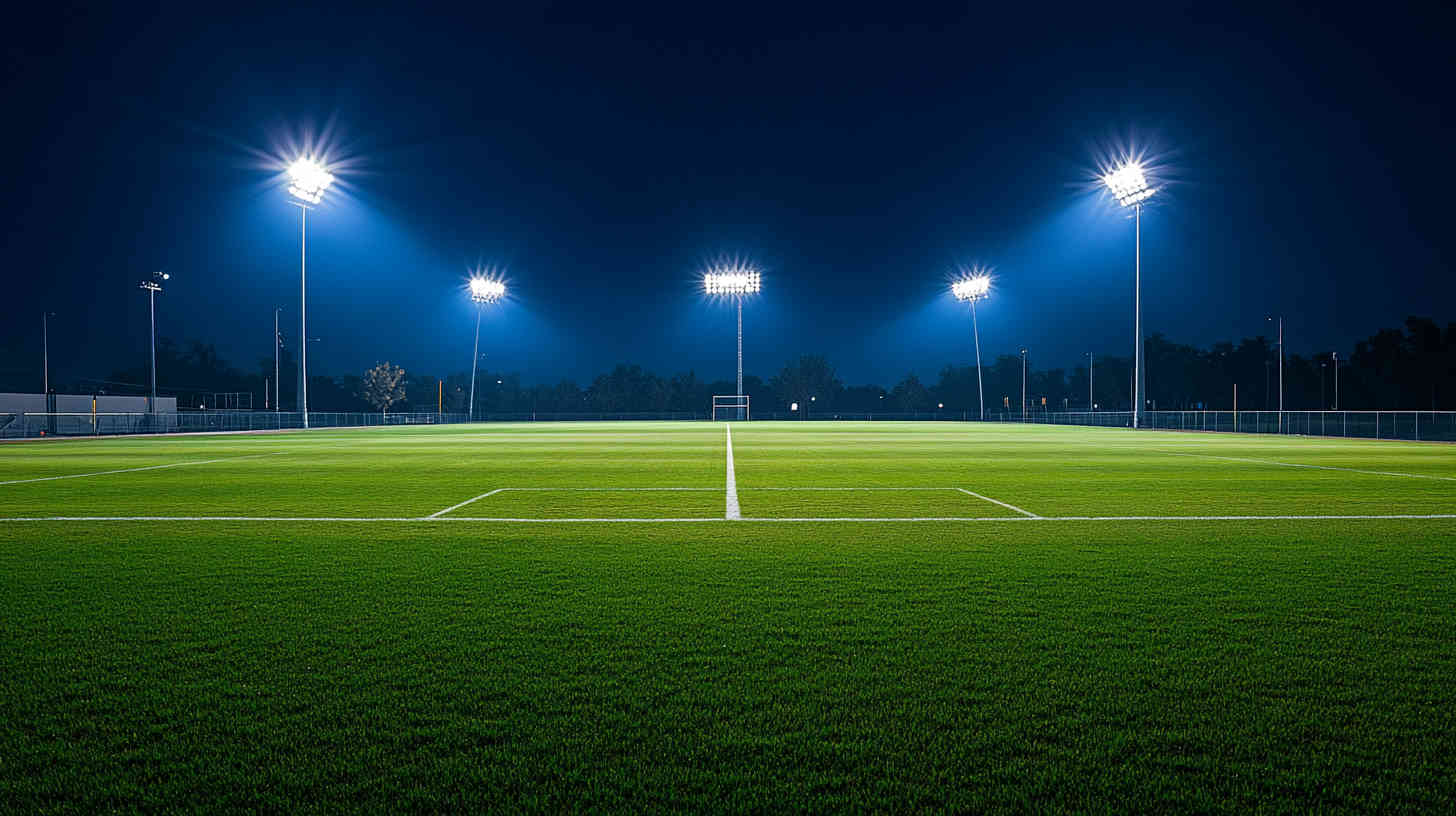
The color temperature of lighting plays a key role in visibility and the overall experience for players, referees, and spectators. It determines whether the light appears warm or cool and is measured in Kelvin (K). Choosing the right color temperature enhances clarity, reduces eye strain, and ensures optimal gameplay conditions.
What is Color Temperature?
Color temperature describes the visual appearance of light emitted by a lamp. It is measured in Kelvin (K):
– Lower values (warm light, yellowish) create a softer atmosphere.
– Higher values (cool light, bluish) provide a crisp, clear appearance, enhancing contrast.
For football fields, selecting the correct color temperature improves ball tracking, field visibility, and broadcasting quality.
Recommended Color Temperature for Football Fields
The ideal color temperature for football lighting typically ranges between 4000K and 5000K, depending on the level of play:
4000K – 4500K (Neutral White)
- Provides a balanced, natural white light.
- Ensures good visibility of field markings, players, and the ball.
- Comfortable for players and spectators, making it ideal for recreational and semi-professional matches.
4500K – 5000K (Cool White)
- Produces a brighter, crisp light that enhances contrast.
- Preferred for professional and televised matches as it improves image clarity for cameras.
- Mimics daylight, helping players track the ball more accurately.
Above 5000K (Daylight)
- Used for high-end professional events such as international tournaments.
- Ensures maximum contrast for broadcasting in HD or 4K.
- Less common for standard games, as it can be harsh on the eyes.
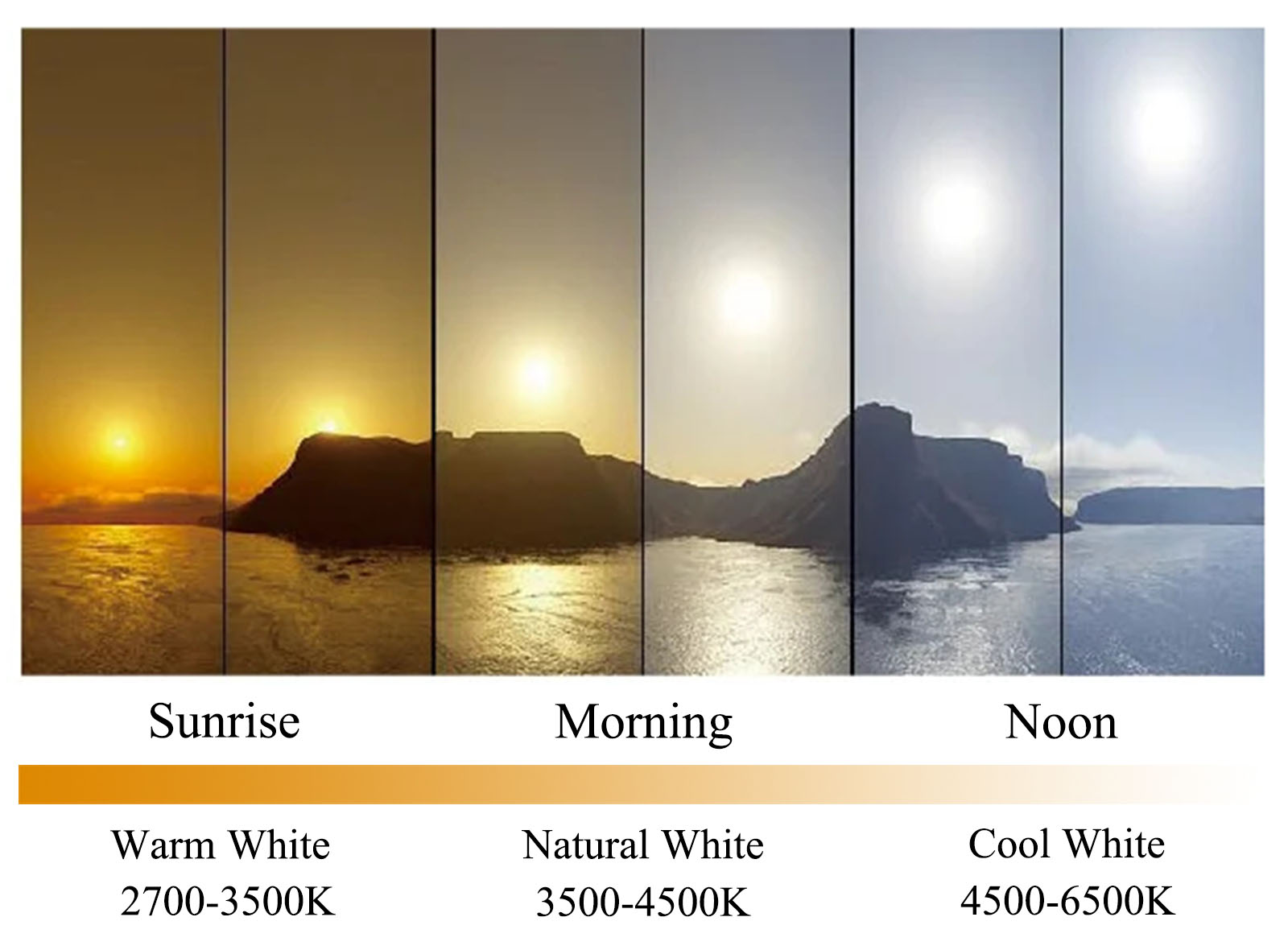
Light Color Temperature
Why Color Temperature Matters
- Better Visibility – Helps players and referees see the ball and field clearly.
- Improved Player Focus – Reduces strain and enhances reaction times.
- Enhanced Spectator Experience – Ensures fans in the stadium and on TV see clear, sharp visuals.
- Optimized Broadcasting – Higher color temperatures improve clarity for high-definition cameras.
For most football fields, a color temperature of 4000K to 5000K is ideal. This range ensures the best balance of visibility, comfort, and broadcast quality.
Pole Configuration and Height for Football Fields
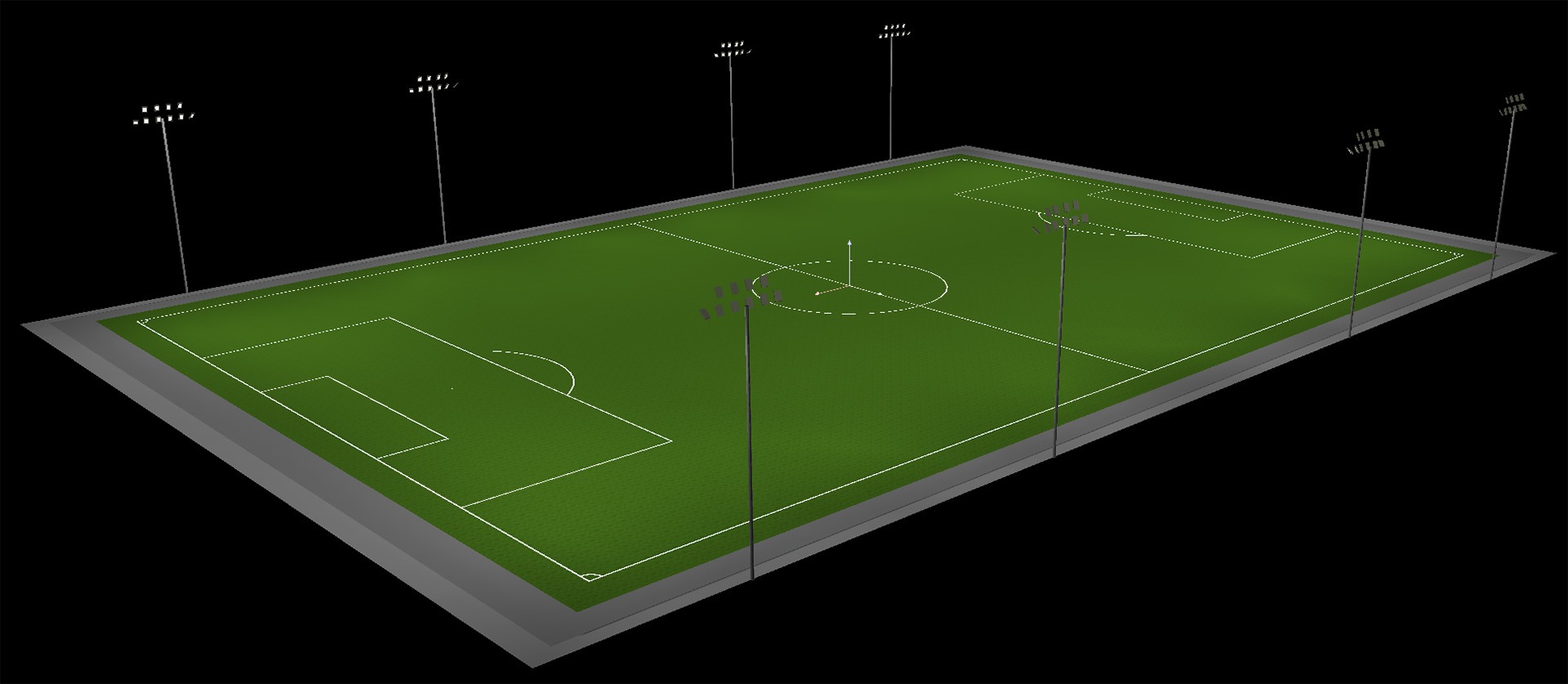
The pole configuration and height significantly impact the lighting quality on a football field. Proper pole placement ensures uniform illumination, minimal shadows, and reduced glare. The goal is to achieve consistent lighting coverage across the field while preventing dark spots or excessive brightness.
Pole Height Recommendations
The height of the poles determines how far light spreads and how evenly it covers the playing area. The required height varies based on the level of play:
Recreational or Amateur Matches
- Pole height: 10 to 15 meters (33 to 49 feet)
- Sufficient for small fields or community matches.
- Helps reduce costs while still providing good visibility.
Semi-Professional Matches
- Pole height: 15 to 20 meters (49 to 66 feet)
- Ensures better light uniformity for regional competitions.
- Reduces shadows and improves player visibility.
Professional Matches
- Pole height: 20 to 30 meters (66 to 100 feet)
- Required for professional games and televised matches.
- Helps eliminate glare and ensures even coverage across the entire field.
International or Major Event Matches
- Pole height: 30 meters or more (100+ feet)
- Necessary for large stadiums hosting international tournaments.
- Provides high-intensity, broadcast-quality lighting.
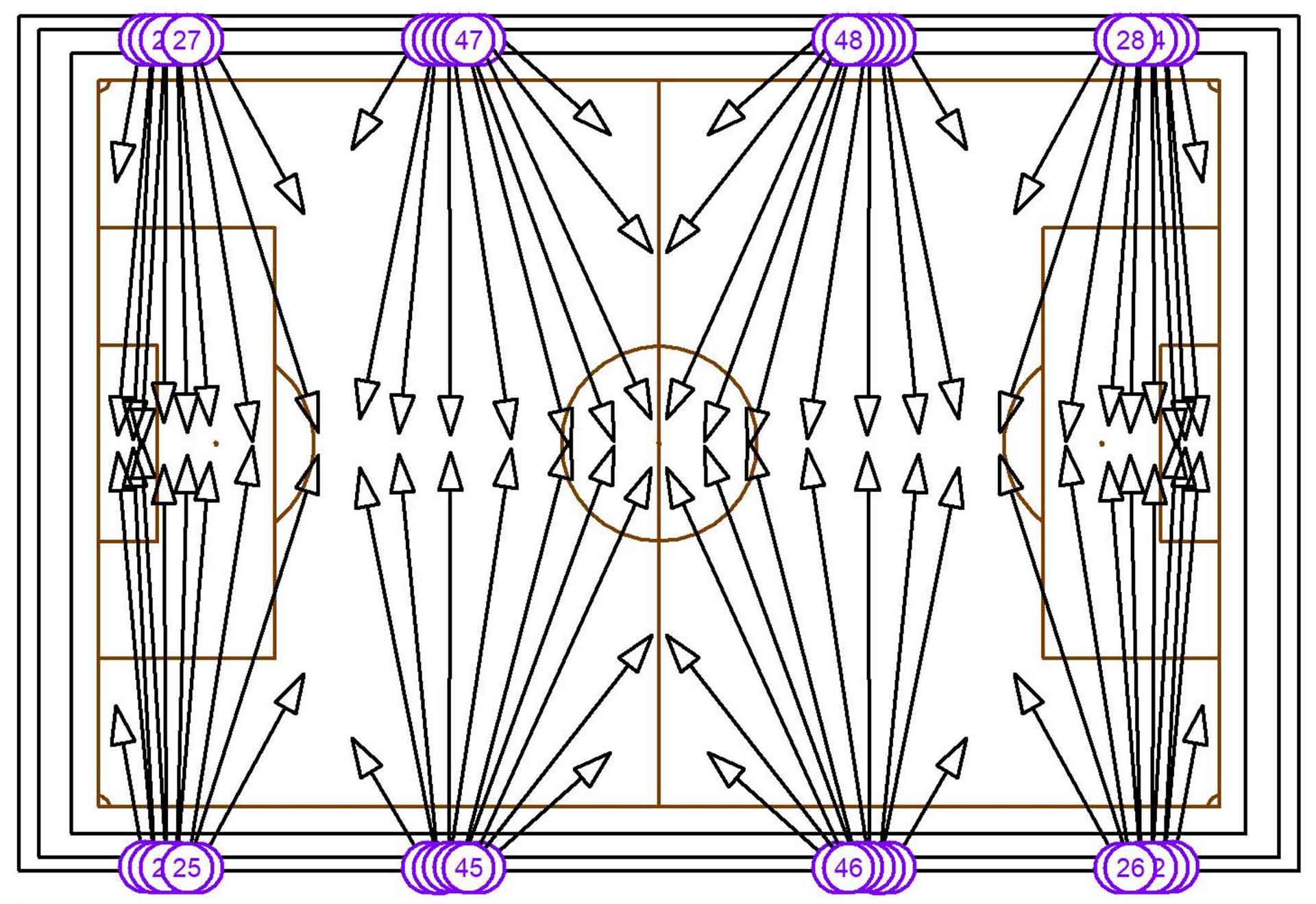
Pole Placement Strategies
Strategic pole placement is crucial for consistent lighting coverage. Poor placement can result in uneven brightness, making it harder for players to track the ball.
Perimeter Layout
- Poles are positioned around the field perimeter, typically at the corners and along the sidelines.
- This ensures even light distribution and reduces shadows caused by players or goalposts.
Corner Pole Height
- Corner poles are often the tallest to provide wide light coverage.
- Helps prevent dark spots near the goal areas, improving gameplay.
Symmetrical Design
- A balanced and symmetrical pole layout ensures uniform lighting.
- Prevents overly bright or dim areas, which could disrupt play.
Why Pole Height & Placement Matter
- Prevents Shadows – Ensures no dark patches affect visibility.
- Reduces Glare – Higher poles help distribute light more evenly.
- Enhances Broadcast Quality – Proper placement minimizes overexposed or underlit areas.
- Improves Player Performance – Consistent lighting helps players react quickly and accurately.
To achieve optimal football field lighting, a combination of well-positioned poles, the right height, and high-quality LED floodlights is essential. Proper setup ensures safety, clarity, and a world-class experience for both players and spectators.
Consideration of Obstacles:
– When placing poles, it is important to consider any existing obstacles, such as nearby buildings, trees, or structures. These can block light and create uneven lighting conditions. Careful planning is required to avoid obstructions and ensure optimal coverage.
Lighting Distribution and Angle
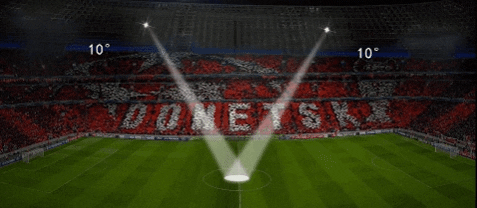
Different LED beam angles
For the best lighting performance, poles must be positioned at precise angles to ensure proper light distribution across the field. Modern lighting systems often rely on adjustable floodlights, allowing for fine-tuned positioning to maximize coverage.
- Pole-mounted floodlights are usually installed at an angle to enhance field illumination. This setup helps to minimize shadows on players and creates a more uniform lighting effect.
- The beam spread should be wide enough to ensure complete field coverage, eliminating dark spots and maintaining consistent visibility throughout the playing area.
Lighting Technology for Football Fields
Selecting the right lighting technology is crucial for ensuring clear visibility, player safety, and high-quality broadcasts. The right system not only enhances performance on the field but also reduces energy costs and maintenance expenses. While older technologies like metal halide and high-pressure sodium lights were once common, LED lighting has become the industry standard for modern football fields.
1. LED Lighting: The Best Choice for Football Fields
LED (Light Emitting Diode) lighting is now the top choice for football fields due to its superior efficiency, long lifespan, and excellent light quality. Compared to traditional lighting, LEDs offer unmatched benefits.
Advantages of LED Lighting:
- Energy Efficiency: LEDs use far less power than metal halide or halogen lights, significantly cutting energy costs—an important factor for large stadiums where lights operate for long hours.
- Long Lifespan: With a lifespan of up to 50,000 hours or more, LEDs require far fewer replacements, reducing maintenance time and costs.
- Instant Illumination: Unlike metal halide lights, LEDs turn on instantly without warm-up delays. This is crucial for stadiums that require immediate lighting adjustments.
- Superior Light Quality: LEDs deliver bright, uniform illumination with minimal color distortion, improving visibility for players, referees, and spectators.
- Adjustable Brightness: Dimming capabilities allow for customized lighting, whether for professional broadcasts or routine training sessions.
- Eco-Friendly: Free of hazardous materials like mercury, LEDs align with sustainability goals while also reducing heat emissions.
- Minimal Heat Output: Unlike traditional lamps that generate excess heat, LEDs remain cool, enhancing durability and comfort.
Where LEDs Are Used:
- Professional Matches: High-intensity, uniform lighting ensures optimal visibility for televised games and large stadiums.
- Training Grounds & Recreational Fields: LEDs provide cost-effective, energy-efficient lighting for daily practice and community games.
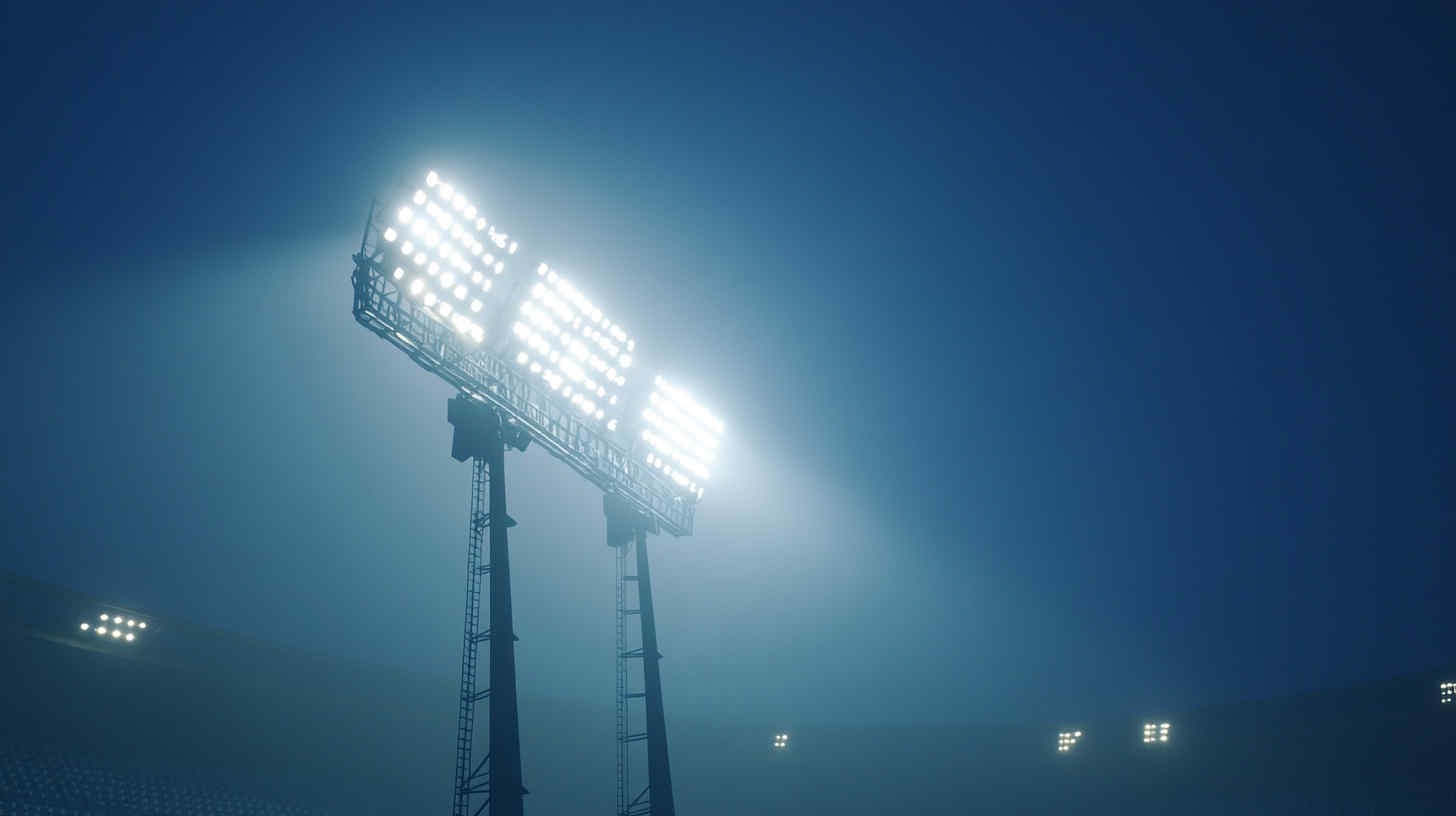
2. Metal Halide Lights: The Outdated Standard
Metal halide lamps were once the preferred choice for sports fields due to their brightness, but they come with several disadvantages compared to LEDs.
Drawbacks of Metal Halide Lighting:
- High Energy Consumption: These lamps require significantly more power, leading to high electricity bills.
- Slow Warm-Up Time: Metal halide lights take several minutes to reach full brightness, limiting flexibility in lighting control.
- Shorter Lifespan: With only 10,000–20,000 hours of operational life, these bulbs need frequent replacements, adding to long-term costs.
- Heat Generation: They produce considerable heat, which can impact both the lighting system’s durability and the stadium environment.
Where Metal Halide Lights Are Still Used:
- Older Stadiums: Many sports facilities built before LED adoption still use metal halide lighting but are gradually upgrading to LED systems.
3. High-Pressure Sodium (HPS) Lights: A Less Effective Option
High-pressure sodium (HPS) lights were used in sports applications but have significant drawbacks.
Disadvantages of HPS Lights:
- Inferior Color Rendering: HPS lighting produces a yellowish glow, making it difficult to distinguish colors on the field.
- Delayed Start-Up: Like metal halide, HPS lights take time to reach full brightness, making them less ideal for modern sports lighting.
- Lower Efficiency Compared to LEDs: Although more efficient than metal halide, HPS lights still fall short of the energy savings provided by LEDs.
Where HPS Lights Are Still Used:
- Budget-Conscious Facilities: Some venues still use HPS lights, but most are transitioning to LEDs for better performance.
The Future of Football Field Lighting: LEDs Lead the Way
LED lighting has become the preferred solution for football fields, offering unmatched energy efficiency, long lifespan, and superior light quality. Whether for a professional stadium or a local field, LEDs provide consistent illumination that enhances both player experience and operational cost savings. While metal halide and HPS lights are still found in some older venues, the switch to LED is the clear path forward.
Lighting Technology and Pole Configuration
- The lighting system impacts pole placement. LEDs offer high-intensity, focused lighting, allowing for fewer poles compared to older technologies like metal halide.
- LED fixtures are often mounted higher to maximize coverage, reducing the number of lights needed while maintaining uniform illumination.
What Is the Standard Lighting for a Football Field?
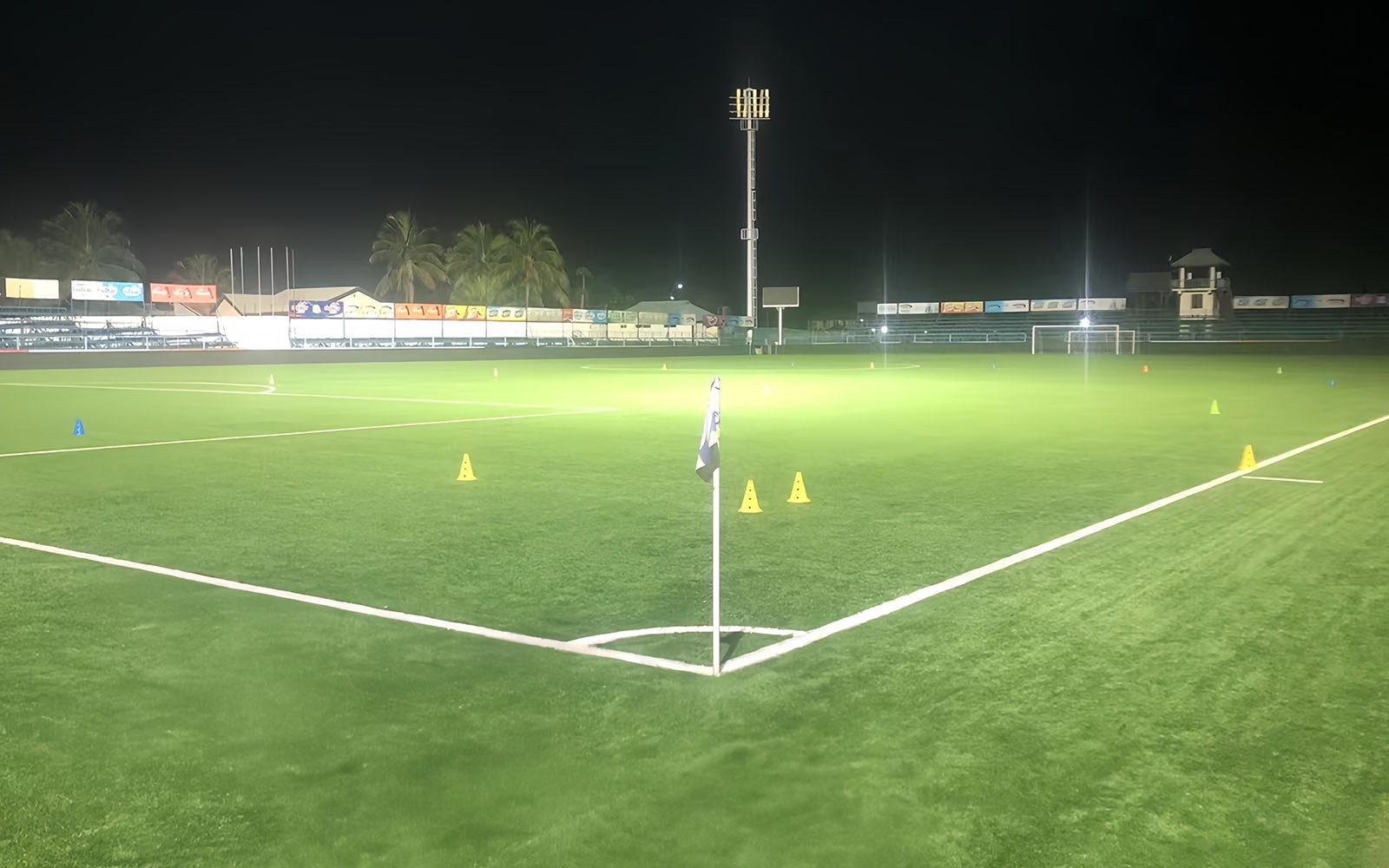
The standard lighting for a football field depends on the level of play. For recreational or amateur fields, the minimum lux level is around 200 lux. Semi-professional matches require 500 lux, while professional games need 1000 lux or more. According to FIFA standards, international televised matches must have at least 2000 lux to ensure proper visibility for players, referees, and spectators. These lighting levels enhance safety and the overall experience for everyone involved.
What Are the Lighting Levels for Sports Fields?
Lighting levels for sports fields vary based on the type of activity. Recreational fields generally require 200–300 lux, while competitive sports fields demand much higher levels. Football fields, for example, need between 500 and 2000 lux, depending on competition intensity. Major events, such as the FIFA World Cup, often exceed 2500 lux to provide perfect visibility for live broadcasts. Higher lux levels ensure clear vision for both players and spectators.
What Are the Lighting Regulations for Sports?
Sports lighting regulations are set by organizations like FIFA and the International Association of Athletics Federations (IAAF) to maintain high-quality lighting standards. These regulations define the required lux levels, uniformity, and glare control to optimize the playing environment. FIFA mandates specific lighting criteria based on whether the match is local, national, or international. Proper compliance ensures better gameplay conditions while minimizing light pollution.
How Many Lumens Are Needed to Light a Football Pitch?
The total lumens required for a football pitch depends on its size and the required lux level. To achieve 1000 lux, a field may need between 600,000 and 2 million lumens. The exact output depends on the efficiency and wattage of the light fixtures. High-wattage LED stadium lights (1000W or more) are typically used to achieve the necessary brightness while maintaining uniformity across the pitch.
How Many Watts Are Used in Football Stadium Lights?
The wattage of football stadium lights varies based on field size and lighting needs. Small fields may require lights ranging from 500W to 1000W, while professional stadiums typically use fixtures between 1000W and 2000W per light. To meet FIFA standards, a stadium lighting system must have multiple high-powered floodlights, often in the 1000W–1500W range, ensuring uniform brightness across the playing surface.
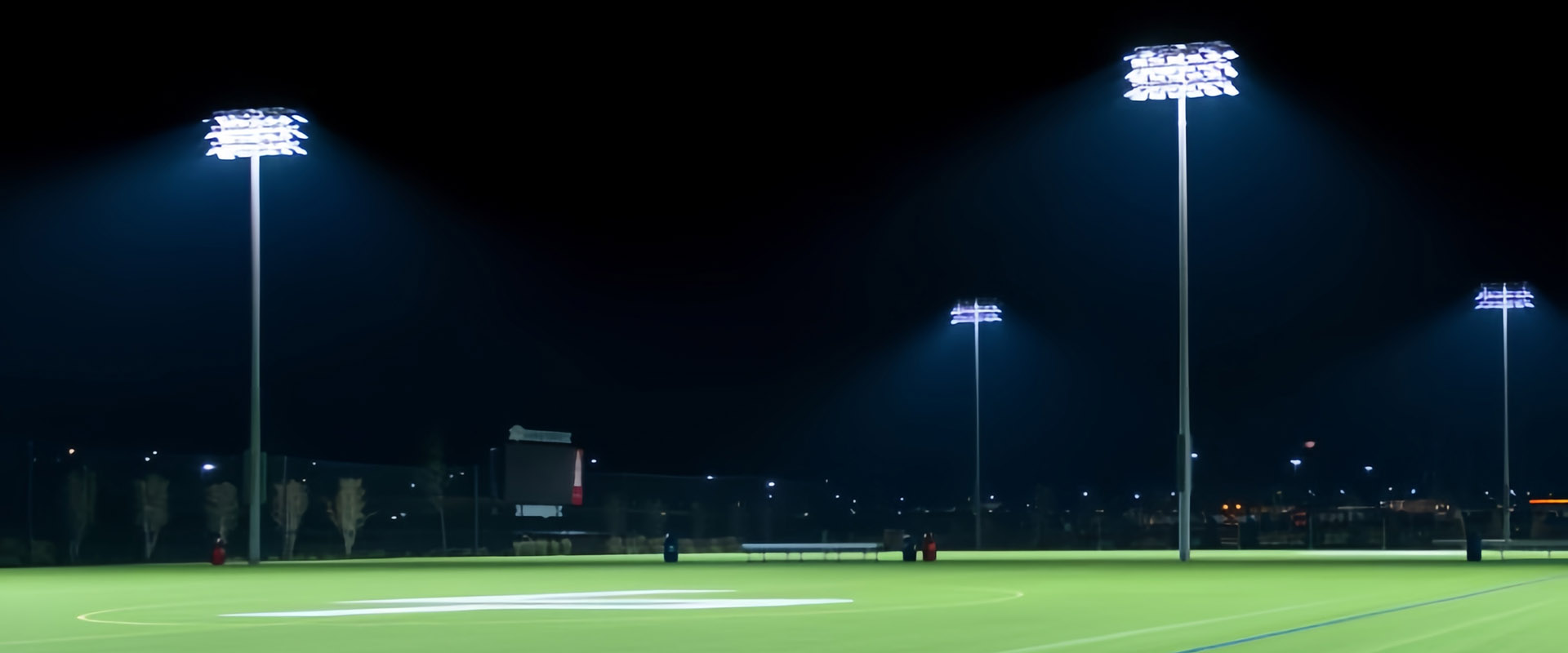
How Do You Calculate Stadium Lighting?
Calculating stadium lighting involves a few key steps:
1. Determine Lux Requirements – Identify the required lux level (e.g., 1000 lux for professional matches).
2. Calculate Total Lumens – Multiply the lux level by the field’s area in square meters.
3. Choose the Right Fixtures – Divide the total lumens by the lumen output of the selected lights to determine the number of fixtures needed.
4. Factor in Placement and Angles – Ensure proper beam angles and spacing to avoid dark spots and glare.
Proper planning ensures even, high-quality lighting across the field.
How Much Does It Cost to Light a Football Field?
The cost of lighting a football field depends on field size, fixture type, and competition level. Installing LED floodlights for a football field typically costs between $15,000 and $50,000. Operating costs vary based on power consumption, with LEDs offering significant energy savings compared to older technologies like metal halide. Though the upfront investment is high, LED lighting systems reduce maintenance and energy costs, making them the most cost-effective solution in the long run.
Conclusion
Proper lighting is essential for football fields, ensuring safety, visibility, and a high-quality playing experience. Whether for recreational games or international tournaments, understanding lux levels, lighting regulations, and cost factors is key to selecting the best system. LED lighting is the preferred choice due to its efficiency, durability, and superior illumination.
If you’re looking for expert advice on football field lighting, feel free to contact us today. Our team is ready to help you find the perfect lighting solution for your needs.
Request A Free Quote Now!
Send us a message if you have any questions or request a quote. We will get back to you ASAP!



